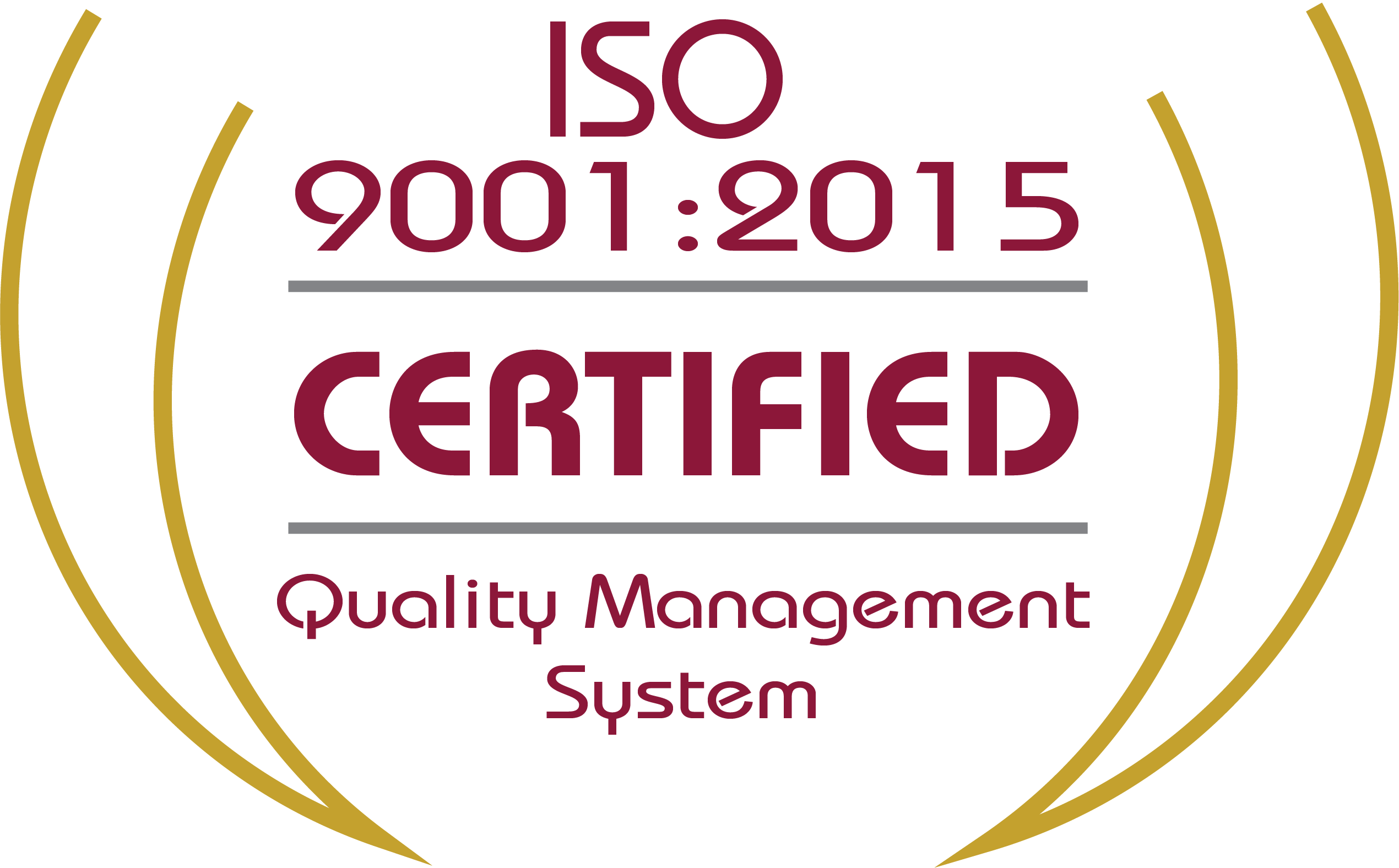What are virus mutations?
One of the hot topics of 2021 is the new and potentially dangerous variants of COVID-19. The World Health Organization continues to track variants, naming variants of interest and concern after Greek letters. At the time of this writing, the most notable variant is Delta, which is often mentioned by health officials as a driving force in infections.
But what exactly are virus mutations? And are they really able to become more problematic than the original virus? The science behind them, and what we can do to prevent them, have as much importance as ever.

Virus and Virus Mutations
Our earlier blog “How can we avoid a ‘twindemic’?” included an introductory view into viruses and how they work. To review it, click here.
An important piece of information to highlight is that viruses take over cells and force them to create even more virus particles. This leads to an exponential growth of virus particles in a single person.
This is when virus mutations can occur. Replicating cells is not always a perfect process. Sometimes, a piece of DNA or RNA is copied incorrectly into the final new virus particle. Think of it like an imperfect copier machine: if you are making dozens of copies, there’s always a chance that a few of them have a spot of ink that the original does not have. But if you take one of those ink-spotted papers and use that to make your next round of copies, then your next batch of papers will all have that ink spot. It could gain additional ink spots from the copier, too.
Because a mutation can happen anywhere in the DNA or RNA sequence, there is a wide variety of results. In some cases, the mutation may just do nothing. In others, it may lead to the virus particle’s premature death by hindering an important function. And, the one of most concern, mutations can make the virus better at infecting and causing illness.
What makes a virus “better” (relatively speaking) involves a number of factors, each one potentially enhanceable by a mutation. The list includes:
- Making someone sicker faster
- Making someone sicker for longer periods of time
- Make sickness more severe
- Have new ways of transmitting to others
- Evade currently used tactics meant to eliminate them
- Increase risk of long-term disabilities or death
If a virus undergoes enough mutations, it becomes known as a variant. Furthermore, variants are considered strains when there are enough mutations that the virus particle is physically and behaviorally different than the original virus.
COVID-19 Variants and Their Risks
With any virus, mutations are almost always expected. It is, perhaps most aptly put, a numbers game that is in their favor: viruses replicate in such fast and large quantities that they will hit the statistical anomaly of a viable, potentially dangerous mutation if given enough time.
COVID-19 has a particular advantage due to being a novel virus. With no experience against this virus, our immune systems naturally take a longer time to identify and manage virus particles and infected cells. This means that COVID-19 has more time to replicate, which in turn means more possible mutations existing.
At the time of this writing, the World Health Organization (WHO) has identified five Variants of Interest (VOI) and five Variants of Concern (VOC). Out of all of them, the Delta variant has received the most attention. This is not by chance: from collected data, Delta is the most contagious variant to date, can cause more severe illness, and currently make up the majority of hospitalizations and deaths.
So far, the COVID-19 vaccines have held up against these variants. While there have been “breakthrough” cases (where a vaccinated person becomes sick from COVID-19), the cases of hospitalizations and deaths are much lower. The concern that a new variant will evade vaccine protection, however, remains high.
What can we do?
Much of this advice will sound familiar as we’ve used it throughout the pandemic. The reason we continue to use this is because the aim remains the same: to reduce and eliminate virus particles. Remember, the smaller the number of initial particles, the less they are able to replicate and therefore create a mutation.
- Get vaccinated. Current data shows that vaccinated people produce less virus particles when infected; their immune system has been trained to clear away the viral infection before they can replicate to great numbers.
- Wear masks, and when appropriate other PPE. Preventing the virus from entering the body in the first place remains crucial.
- Wash your hands frequently. Use hand sanitizer when you can’t.
- Invest in a quality air purifier. COVID-19 and variants remain primarily airborne. A quality air purifier with HEPA filters can help clean the air. Check out AIRBOX, Janitronics’ choice of air purifier, here.
- Wipe down surfaces using proper sanitizers and disinfectants. Focus on high-touch surfaces, which we’ve talked about here.
- Talk with your janitorial staff or cleaning service. They can have valuable insight on how to keep your workplace healthy.
Need Help?
Janitronics has always worked to clean for health, and we work towards this now more than ever. From consultation to getting a dedicated cleaning team on your side, we’re ready to help. Reach out to us using our contact form here.



